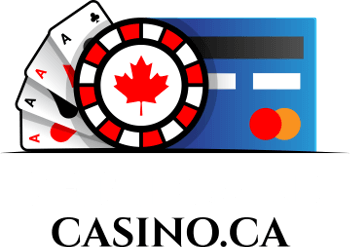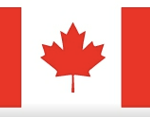Reading Poker Tells 101: Physical Behavior
The easiest poker tells to read and what they represent.

See that picture on the right? That’s Daniel Negreanu, the world famous Canadian poker pro. He’s known for a lot of things, like being the second-highest cashing live tournament player of all time. He’s also one of the best tell-readers ever to exist, and a near-impossible player to read. Look closely at that face. That impenetrable poker face. That is his constant expression at the table. It rarely changes. This is the face all other poker players strive to mimic, giving away nothing.
As Negreanu knows full well, poker tells are a wonderful thing—at least, for the more experience players who know how to read them. For inexperienced players who don’t know how to hide them, or aren’t even aware that their giving away all this information, they are the worst thing since taxes.
There are two main types of poker tells you can pick up on; physical tells and betting patterns. Today, we’ll talk about physical tells, as they are the easiest to read. If you’re developing your skills, look out for these. If you’re doing these things, stop!
See also Reading Poker Tells 101: Betting Patterns
What Are Physical Poker Tells?
A “tell” is something that gives other poker players intel, or insight, into a player’s poker hand. Physical tells are observable in a player’s attitude and body language. They can be observed in a player’s reaction—or lack of reaction—to different situations.
You might think poker tells would evolve over time, just as poker strategies continually evolve, but that’s not the case. Tells are not something players do intentionally. They are unconscious reactions that go unchecked by less experienced players. Thus, you can rely on these behaviorisms as tell-tale signs of Strength (good hand), Weakness (bad hand) and/or Uncertainty (hand with potential that needs improvement; often a draw hand).
Unfortunately, not every player whose eyebrow twitches has a strong hand. It could mean they have the nuts, that they’re one card from a Royal Flush, or that they’re flat out bluffing. This is the part that makes poker tells so difficult to read. Each player has their own reactions to different situations. As observant players, we have to play “pin the tell on the donkey”, pairing specific tells with specific players.
Once you know the guy on your left throws chips in the pot and keeps his hands close to them on a bluff, you can call that bluff every time. Assume the guy on your right is bluffing on the same action, and you could lose your shirt.
Keen observation and memorization are the key to success here. Who does what and when?
Physical Poker Tells and What They (Usually) Mean
There are a lot of easy to read poker tells you should be watching out for (or making sure not to commit). Again, what they mean can vary from one player to the next, but we’ll provide the most common connotations for reference.
| Strong Hand Poker Tells | Weak Hand Poker Tells |
|
|
Party Poker Canada, the most trusted Canadian gaming destination, and our editor’s pick for two years, now offers a wide variety of popular card games: from Texas Hold’em, to Omaha, to 7 card stud, to Limit Hold’em and even casino games like blackjack. Play for fun, for free, or play for real, for real money that is ! Our editorial pick for 2023.

www.PartyPoker.com
 (Reminder to Gamble Responsibly)
(Reminder to Gamble Responsibly)




